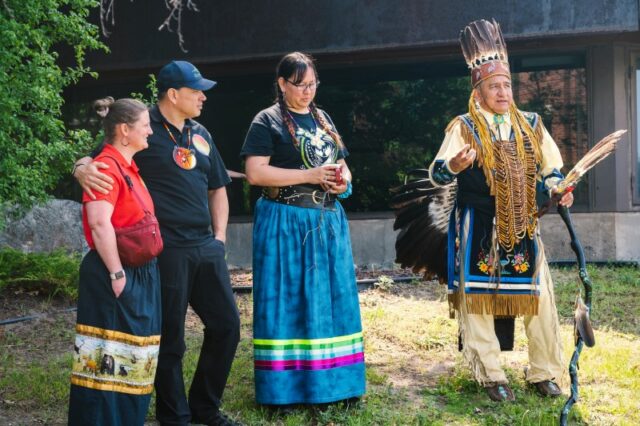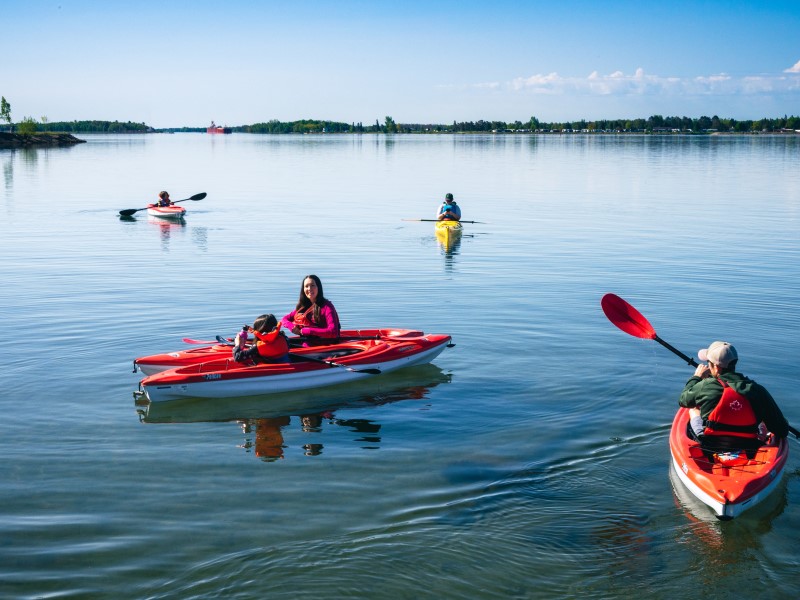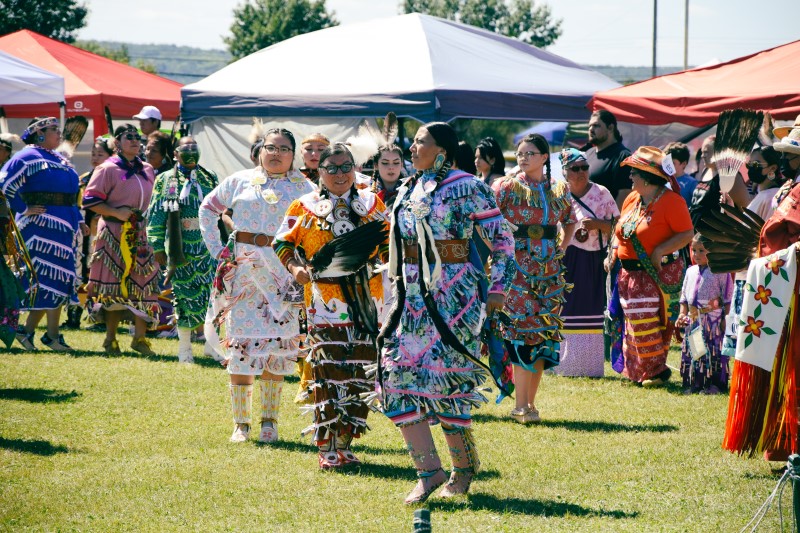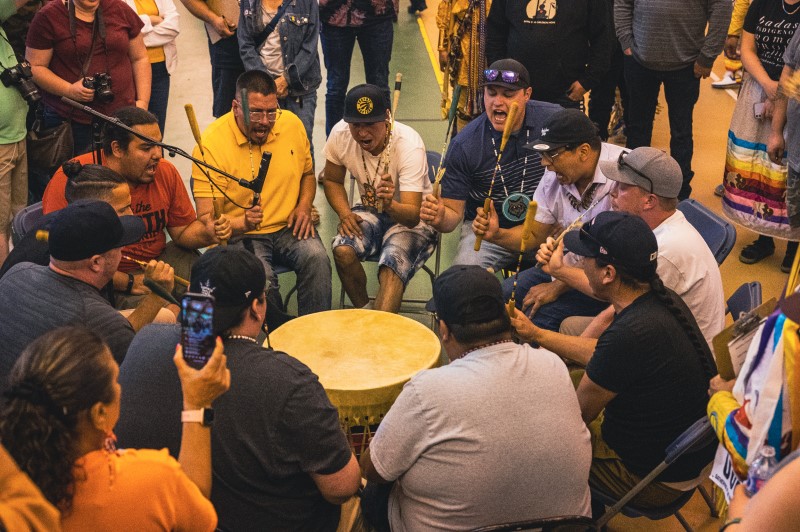Known as Bawating (meaning rapids in Ojibway), the city of Sault Ste. Marie is an original meeting ground for the Indigenous Peoples of Canada. There is so much to experience and learn in this historic Northern Ontario city, so dive in with these incredible Indigenous experiences!
Walk Around Whitefish Island
A popular spot for a leisurely stroll or a beautiful sunset walk, Whitefish Island is the perfect spot to take in the beauty of the St Marys River. For thousands of years and to this day, this has been a place of importance for the Ojibway as they were put here to maintain the land and water while living in harmony with nature. Elders from Batchawana share that when the Creator told the crane to choose a homeland, he flew and flew in search of it, settling in Bawating as there was an abundance of fish to sustain himself and the First Nations people.
Click here to continue reading…































